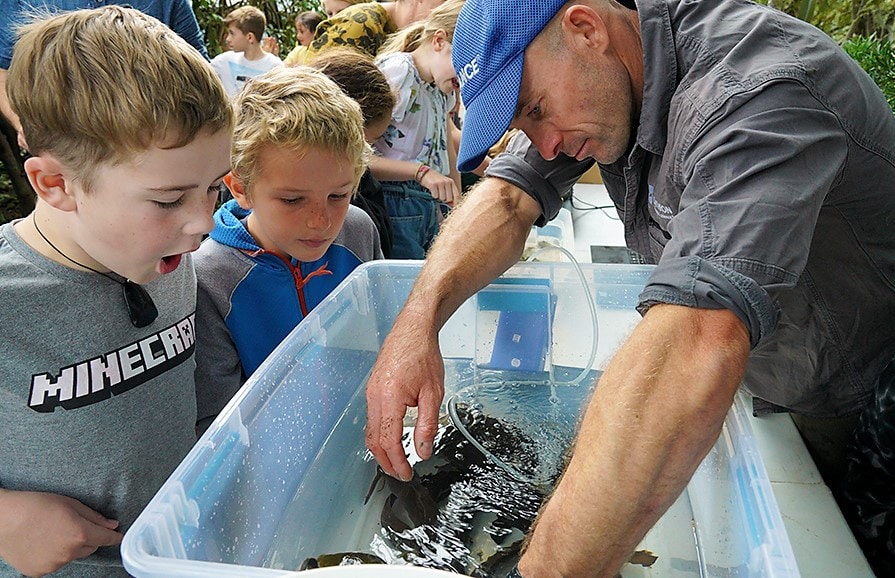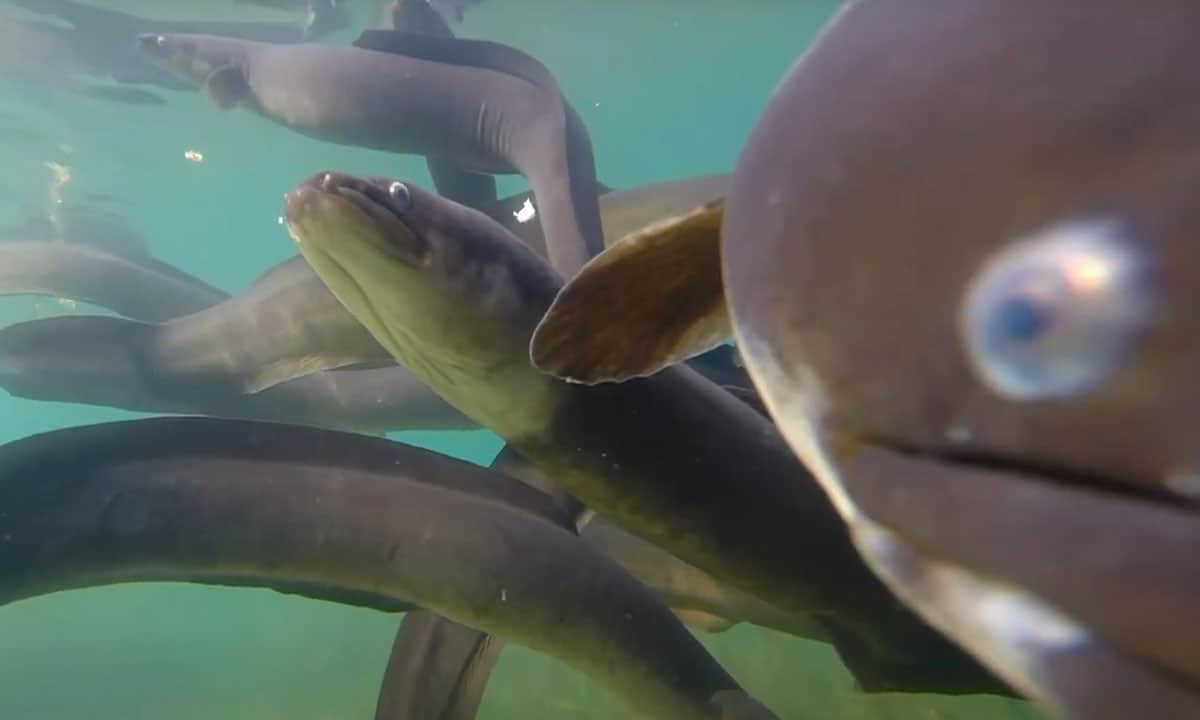eDNA Services
Environmental DNA or eDNA has revolutionised how we understand and monitor the natural environment. Cawthron eDNA Services empowers you to make informed decisions about the environment by providing robust advice on everything from sampling to data interpretation and analysis.

What is eDNA?
Various organisms such as animals, plants, bacteria, and algae leave traces of their DNA in the surrounding environment. This occurs through processes like shedding of skin, urination, or decomposition when they pass away.
Our team of scientists can extract this DNA from environmental samples like sediment or water. Our laboratories have sophisticated equipment that can either help us identify the specific species from which the DNA originated or analyse the entire community present in each sample.

Why use eDNA?
Case Studies and Articles:

Zelandia: A Mysterious Intruder in Paradise
"We have a fish identification mystery on hand. Non-specific e-DNA methods have not enabled us to rule out my biggest fear…" (Danielle Shanahan, Zealandia’s CEO.)
View full article
eDNA for Shortfin and Longfin Eel
As part of the national programme Lakes380 co led by Cawthron and GNS Science, researchers have developed a new environmental DNA-based tool to detect tuna (shortfin and longfin eel) in Aotearoa New Zealand’s lakes and rivers.
View full article
Southern eDNA Society
Cawthron scientists are helping to establish a formal Southern eDNA Society that aims to promote collaboration across science and industry throughout Aotearoa New Zealand and Australia. The Society would work to advance best practice eDNA methods and encourage adoption from government, industry and community sectors.
View full article
eDNA for Specific Species
Using eDNA to detect and protect taonga freshwater species in Aotearoa by Konstanze Steiner and Georgia Thomson-Laing
View case study




